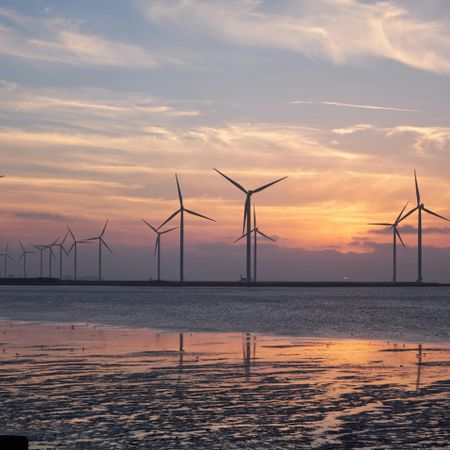The Dutch housing market is under pressure, not only due to the ongoing housing crisis but also because of the growing need to build and renovate more sustainably. This sustainability push is a direct result of stricter climate goals and European and national regulations aimed at drastically reducing greenhouse gas emissions. But what does this mean for the housing market and for homeowners?
Retrofitting existing homes
A large portion of the Dutch housing stock is outdated and energy inefficient. Homes built before the 1990s often have poor insulation, single-glazed windows, and outdated heating systems. The government is encouraging the retrofitting of these homes through subsidies and loans for improvements like installing solar panels, upgrading insulation, and switching to heat pumps instead of traditional gas heating.
Improving a home’s energy performance certificate (EPC) is not just beneficial for the environment; it's also crucial for property value. Homes with a better EPC rating are becoming more attractive to buyers and renters, especially as energy costs rise. Buyers are increasingly considering a home's energy efficiency as a key factor in their purchasing decisions.
Stricter requirements for new buildings
New homes must meet increasingly stringent sustainability standards. The Dutch government has updated building regulations, placing energy efficiency at the forefront. Since 2021, new buildings must comply with near-energy-neutral buildings (BENG) standards. This means that homes must consume as little energy as possible, and the energy they do use must largely come from renewable sources.
Additionally, there’s a growing emphasis on circular construction, where materials are reused or are more environmentally friendly. This is part of the broader circular economy that the Netherlands is aiming for, where waste is minimized and building materials are repurposed.
Impact on housing prices and availability
These sustainability measures also come with challenges. The costs of retrofitting existing homes and building new sustainable homes are high. This has led to increased prices for both buyers and renters. Moreover, stricter requirements can cause delays in construction projects, further limiting the availability of new homes.
However, the investment in sustainability is expected to pay off in the long term, through lower energy costs and increased property values. Additionally, financing for sustainable measures is becoming more accessible through subsidies and green financing, helping homeowners with the costs of making their properties more energy efficient.
The future of sustainable living
The pressure to go green will only intensify in the coming years. With the European Green Deal and national climate targets aiming for climate neutrality by 2050, the push to make housing stock more sustainable is no longer an option but a necessity. Both the government and the market will need to continue investing in solutions that make this sustainability transition without putting further strain on housing affordability.
In short, the sustainability push in the Dutch housing market is here to stay and will increasingly influence the choices made by homeowners, buyers, and developers. While it presents challenges, it also offers a chance to future-proof the housing market.




 Nederlands
Nederlands
 English
English
